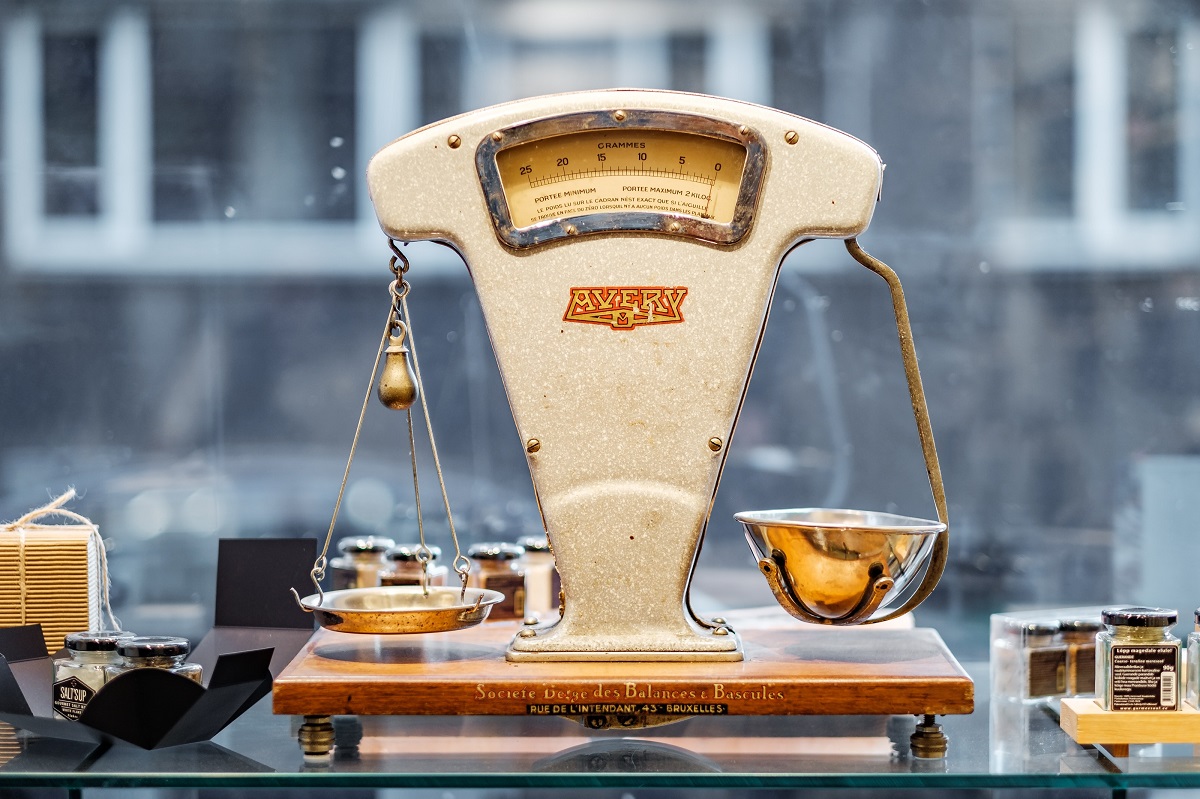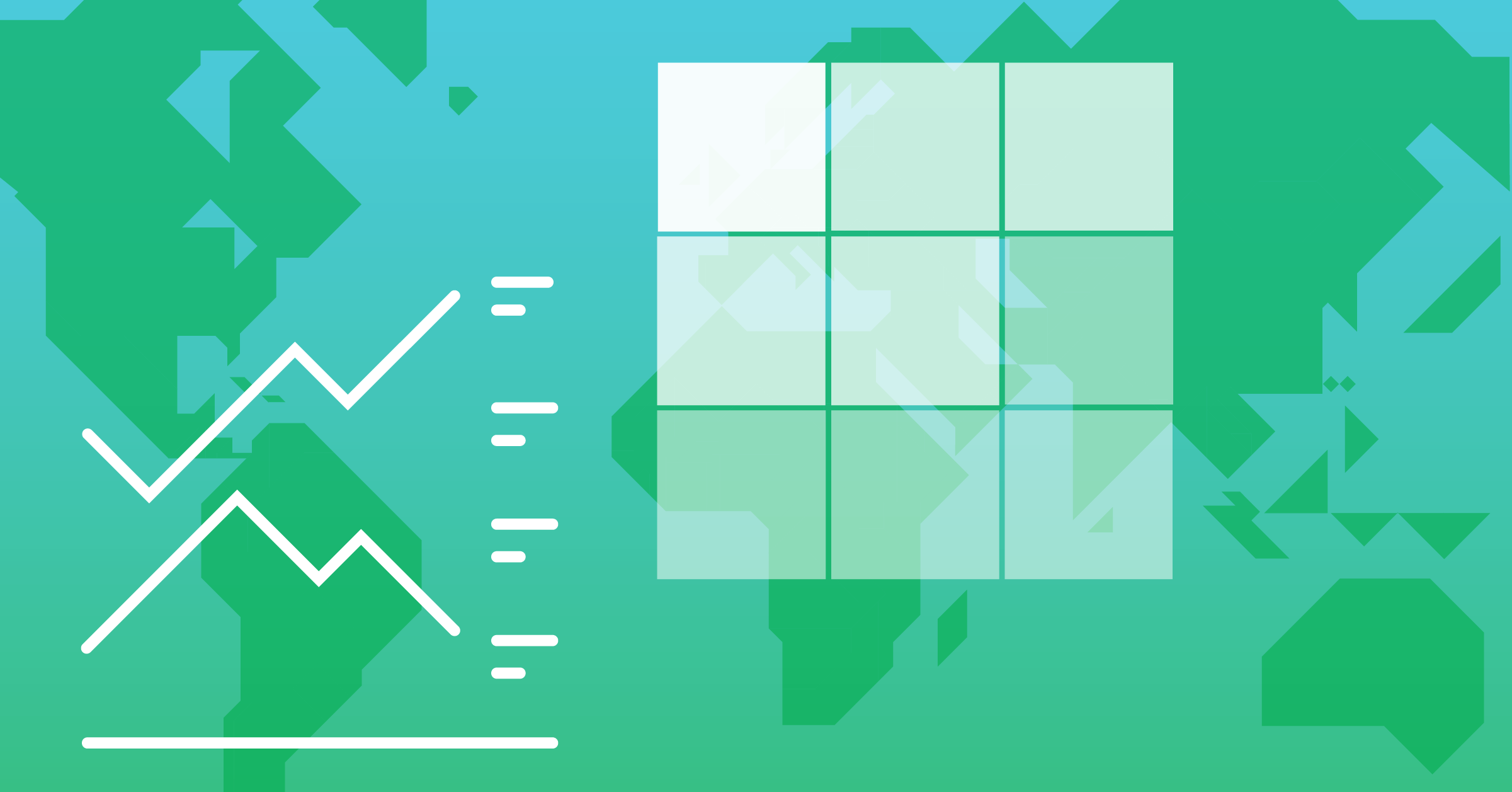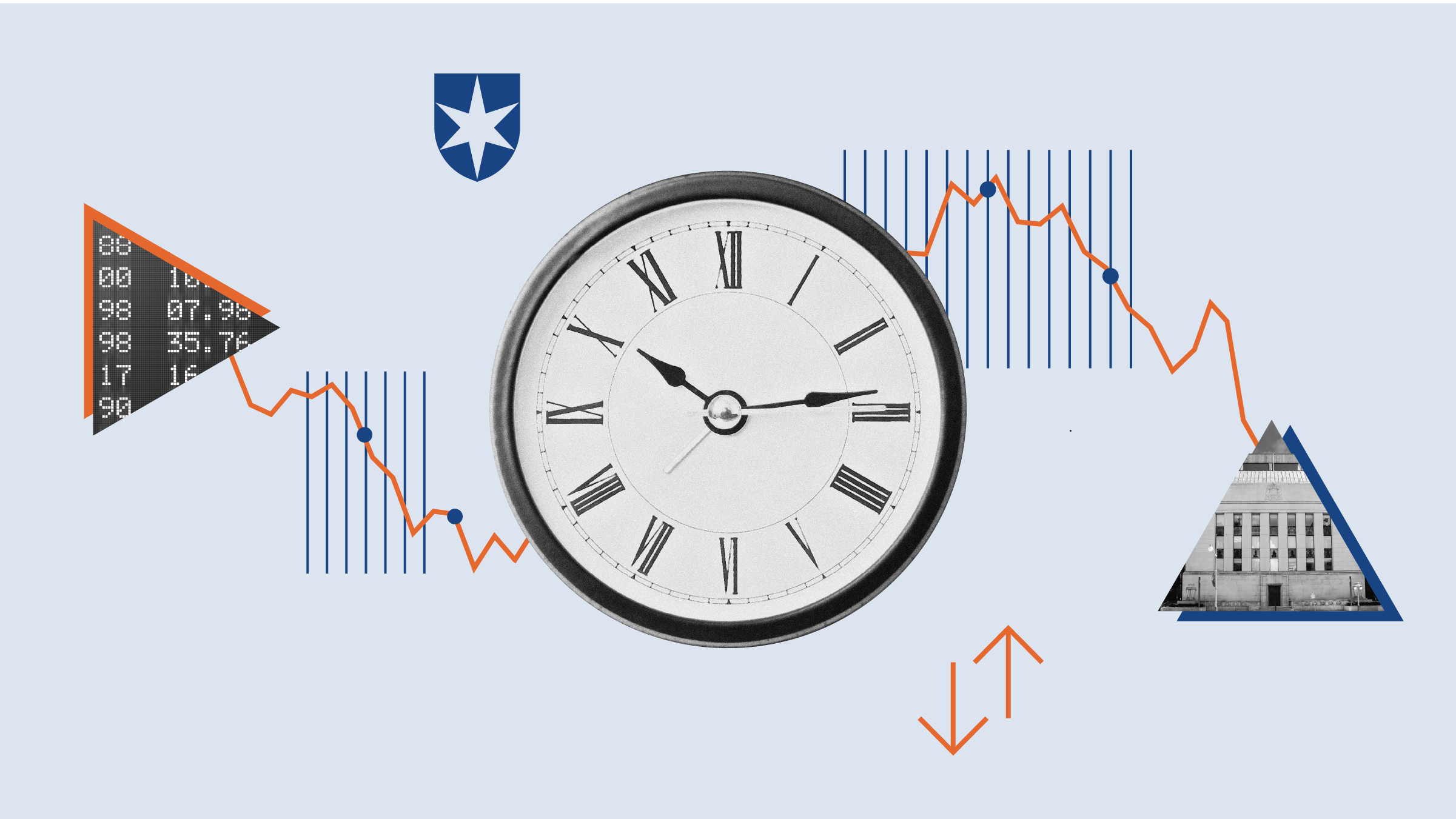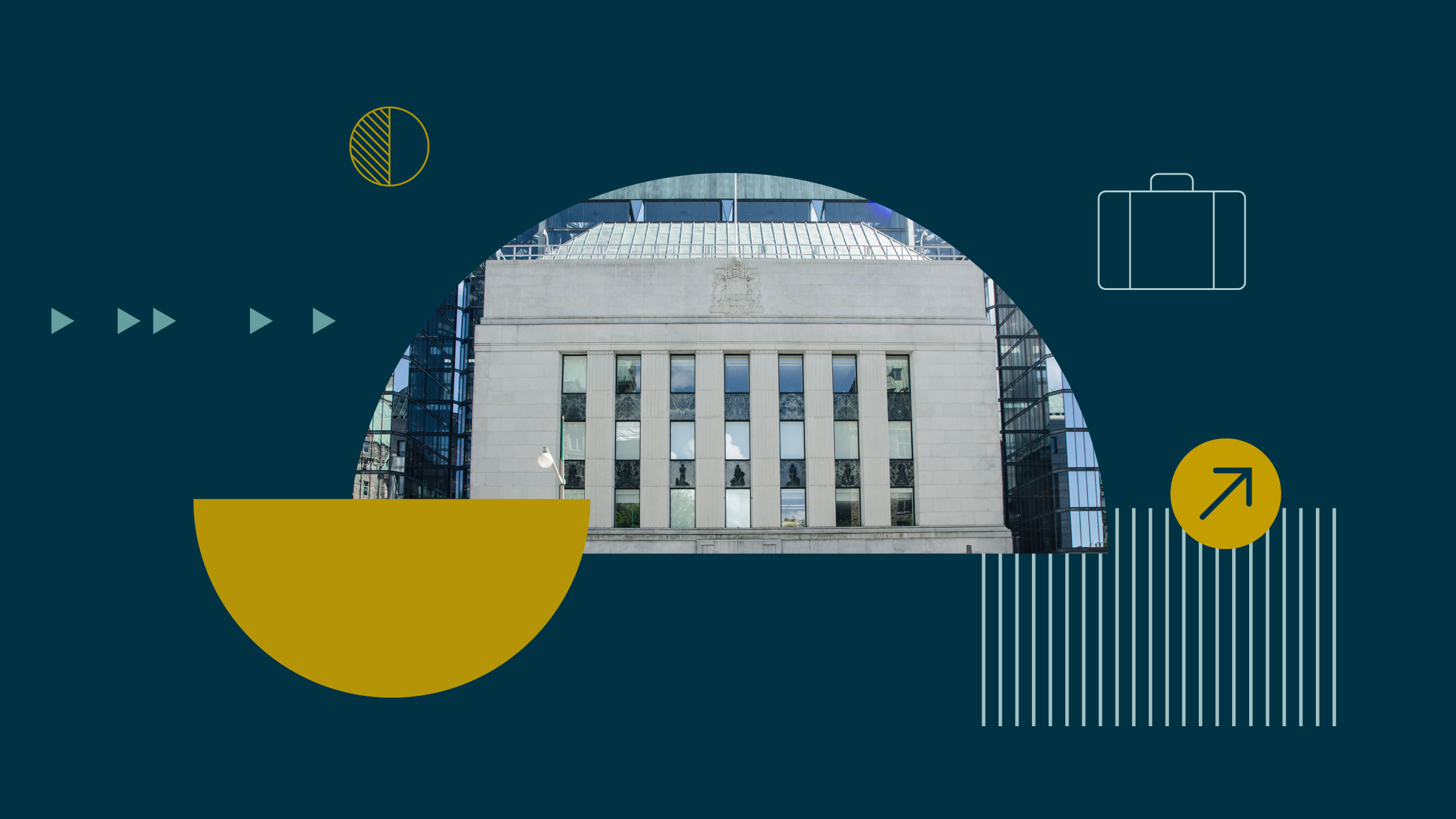
Many fundamental factors contribute to maintaining a low “natural” or “neutral” rate of interest and, as inflation comes down, these could exert pressure to bring down rates back to a historically low level.
“Interest rates have trended down for decades, driven by a fall in the natural rate,” asserts Preston Caldwell, Morningstar’s Head of U.S. Economics. After a peak in the early 1980s when they reached about 5%, real inflation-adjusted interest rates have fallen to about 0% in the 2010s, and it has been the same in 21 of the most advanced economies, he highlights.
“Natural” and “neutral” are synonyms and refer to “the real interest rate such that GDP equates its potential level,” says Caldwell. In the long run, central banks exert themselves at lining up GDP with its potential “because potential GDP is the maximum level of output compatible with non-accelerating inflation,” he says, so targeting potential is optimal for achieving the Fed’s dual mandate” of stable prices and maximum employment.
More Art than Science
Measuring the natural rate of interest is not a hard science, but “highly uncertain”, Caldwell admits, pointing out that it is a “latent variable”, not directly measured, but “rather inferred from economic data like GDP, inflation, and actual interest rates. Also, there’s much debate about the drivers of change in the natural rate over time.”
In distinction to the natural rate, central banks can practice accommodative or restrictive monetary policies by which they seek to expand the money supply or contract it, explains Pascal Bédard, full-time instructor and a specialist in monetary policy at HEC Montreal. From 2017 to 2019, Caldwell calculates that actual interest rates were in line with the natural rate (in 2018 they became restrictive, then accommodative in 2019). Of course, in the present fight against inflation, rates are restrictive.
Referring to seven independent studies, Caldwell estimates that, before the pandemic, the natural real Federal funds rate stood at -0.5% and will slowly inch up to -0.25 by 2026. However, instead of lining up with the funds rate, he prefers to project a real natural rate for 10-year Treasury yields, which he sets at 0.75% or one percentage point above the short-term funds rate. This is more useful, he explains, “given that the most interest-rate sensitive segments of the U.S. economy (namely housing) are more closely tied to the 10-year yield than the federal-funds rate.”
Why the natural rate has fallen and will continue to be low has nothing to do with arbitrary Federal Reserve decisions, Caldwell insists, except with the notable exception of the quantitative easing of the 2010s when the Fed exercised direct control. “Instead, he highlights, structural changes in the economy have likely led to a fall in the natural rate of interest.”
What Makes the Natural Rate?
What are these structural changes? Essentially, demography, savings, and productivity. Immediately after World War II, fundamental trends of population and productivity booms pushed the natural rate upward.
Those trends are unwinding. The population is aging, and its growth is dramatically slowing. This leads to a higher savings rate which depresses the natural rate of interest. “In the last 20 years, savings have exploded in a hallucinating way, Bédard says. GDP per inhabitant is shooting up, especially in Asia, foremost in China and Japan, where households have piled up a lot of savings. Different channels distribute this money to world markets where it finds its way to countries where risk is low, like Canada and the U.S., thanks to their stable institutions and property rights.”
At the same time, “inflation has been steadily declining for the last 40 years and combined with the huge savings levels to push the neutral rate down,” Bédard continues. Productivity, along with government debt, is often seen by economists as two primary drivers of the natural rate. And productivity has been steadily declining and exerting downward pressure on the natural rate.
But Caldwell doesn’t wholly discount the possibility of a productivity rebound, though that remains to appear in national accounts. “Emerging technologies like AI, he submits, create a credible scenario with massive productivity upside compared to the historical growth of productivity in recent years.”
Debt Overhang
The government’s role in the drive to a low natural rate is the outlier, Caldwell and Bédard both agree. Caldwell considers that the “increase in government debt has likely pushed the natural rate slightly upward,” calculating that it contributes to a lift of 25 basis points in his calculation of a long-term natural rate of 0.75% for the real 10-year yield.
Bédard is more circumspect: “Moving forward, I’m not convinced that public debts will decline rapidly and that household savings will win the day.” Debt servicing costs remain very low compared to GDP, but if rates remained higher, debt payments could explode, exerting upward pressure on the natural rate. Other structural factors could also weigh in according to Bédard, namely de-globalization trends and sustained worker shortages, both factors exerting upward pressure on production costs and the natural rate.
But those upward pressures have not yet materialized. Key fundamental patterns still argue for sustained lower long-term natural rates, towards which the central banks should steer us in their ongoing fight against inflation.




















